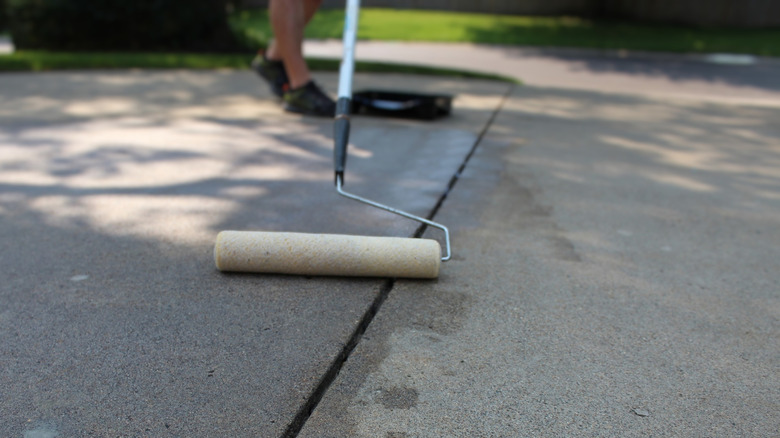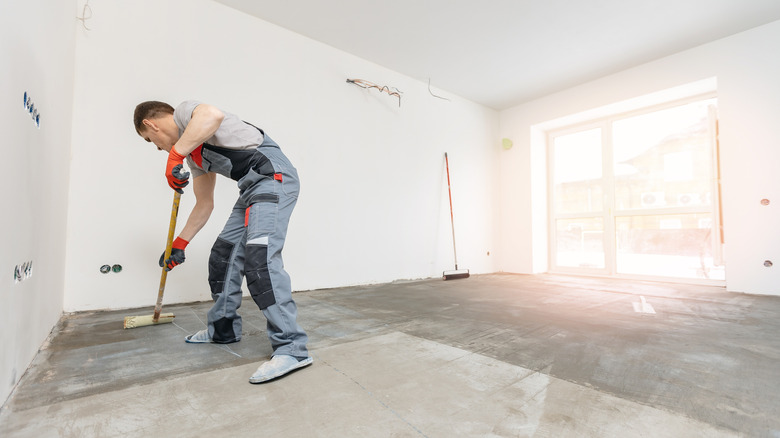Downsides To Be Aware Of Before Staining Concrete
On their own, concrete floor stones and slabs can look pretty drab. Because of this, you might be looking for some design ideas for your concrete patio. While you can always paint your concrete floors, there is another option to consider: staining. Stains come in two types, reactive and non-reactive. Both of these choices have their own pros and cons, and it's important to be aware of the downsides before starting your design venture. Both stain options are water-based, although the reactive option is acidic and changes the chemical composition of the concrete itself. The non-reactive choice, on the other hand, is acrylic and simply infuses color into the concrete's pores. No matter which you choose, some of the downsides of staining concrete include the permanence of the stain, the complexity of the process, and the expense of restaining.
In addition, you need to know before staining your concrete that results can vary and your vision might not turn out as expected. That's because, even though concrete might look uniform on the surface, it doesn't mean the composition of the concrete is distributed evenly. As a result, the applied stain might affect parts of your floor differently, creating an uneven or unexpected look. While this could add interesting character to your floor, it is something you should keep in mind. Staining can also highlight cracks in your concrete. Due to these factors, it might be best to hire a professional, possibly placing this project outside the category of inexpensive ways to cover your concrete. In fact, this option could cost anywhere from $1,000 to over $18,000 depending on the size and complexity of the job.
Comfort and commitment
If you choose to keep your concrete floors and stain the surface instead of covering them up with rugs or other flooring, you need to think about comfort, as that can be a big downside. Although the stain might turn out beautifully, remember that you're still dealing with concrete. This flooring can not only be cold and uncomfortable to stand on, but anything dropped on the surface will surely meet its doom. Falling on a concrete floor can also be dangerous, leading to possible serious injuries. Sealers that protect the coloring on the floor can make it even more slippery, especially when wet, and must be replaced at least every five years, adding to the possible danger and expense.
With rugs or other flooring, homeowners aren't committing to a permanent change. Concrete stain is a different story. Whether you use reactive or non-reactive stains, the substance permanently changes the look of your concrete. That can be a pretty big downside to consider, especially if you like to change up the look of your indoor or outdoor space. Sure, you can have it restained, painted, covered with another type of flooring, or overlaid with more concrete, but each of those options adds cost and can be complex to complete. One final con to think about before staining your concrete is that results can vary, and the color can fade and change over time depending on the age of your concrete and its location. While there are still benefits to using this flooring option, keeping the downsides in mind can help you make the best decision for your home.

